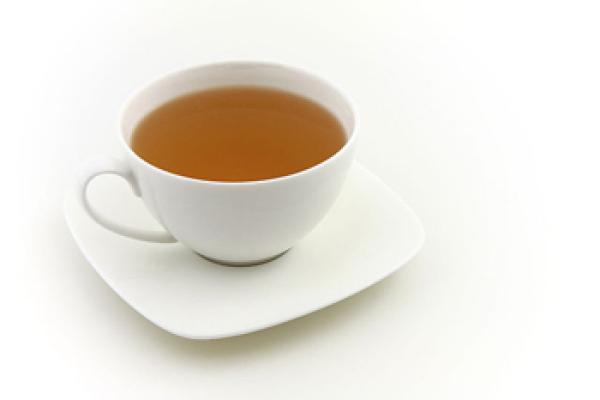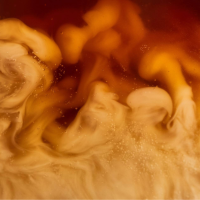
Mixing it up: Understanding the boundaries of anti-diffusion
If you add milk to a cup of coffee the milk will gradually spread through it, turning the dark coffee a lighter brown, an everyday example of diffusion. But in some instances alongside diffusion there is another competing process – anti-diffusion – which instead sharpens the boundaries between the different substances. A striking example of anti-diffusion can be seen in the distinct bands in the atmosphere of Jupiter, and it is thought to play an important role here in the atmosphere and oceans on Earth too.
The process of diffusion has been studied for centuries and is well understood mathematically. The mathematician Joseph Fourier developed a mathematical description for the way heat spreads through metal in the early nineteenth century.

Maths in a minute: Diffusion — Fourier's heat equation is now known as the diffusion equation as it can be used to describe a process whereby something that starts highly concentrated in one area spreads out to areas where the concentration is lower. Find out more about this concept in this quick introduction.
Anti-diffusion, however, is a relatively new concept. It was first proposed theoretically in the 1970s and finally observed in detail in experiments in the 1990s. It has since been recognised in many contexts with very different underlying processes. As well as in the atmosphere and oceans of ours and other planets, it is also observed in plasma fusion reactors, the structures that develop in biological matter, and even the flocking of animals or birds.
Despite this, anti-diffusion is not well understood physically or mathematically, which is why experts from different areas came together to learn from each other at the six-month research programme, Anti-diffusive dynamics: from sub-cellular to astrophysical scales (ADI) at the Isaac Newton Institute for Mathematical Sciences in Cambridge.

Mixing it up — Improving our mathematical theory of anti-diffusion could impact our understanding of melting sea ice, flocking birds and new ways to produce energy. Find out more about these ideas from the ADI programme in this interview with David Hughes, one of the organisers.
Background reading

Maths in a minute: Mathematical models — The diffusion equation is an example of a mathematical model, a description of a process in the world around us in terms of mathematical expressions. Mathematical models are always simplifications of reality, however, they can be extremely powerful and are integral to both mathematics and modern science. Find out more in our brief introduction.
Maths in a Minute: Fluid dynamics and the Euler equations — Fluid dynamics is one of the areas key to understanding anti-diffusion and the applications in which it arises. Find out more in this accessible introduction to fluid dynamics

The dynamics of crowds — Bird flocking is thought to be an example of another type of anti-diffusive process. One approach to modelling this is to consider each individual bird like a separate particle, moving according to rules that depend on the position and movement of the birds around them. Find out more in this article from our archive.